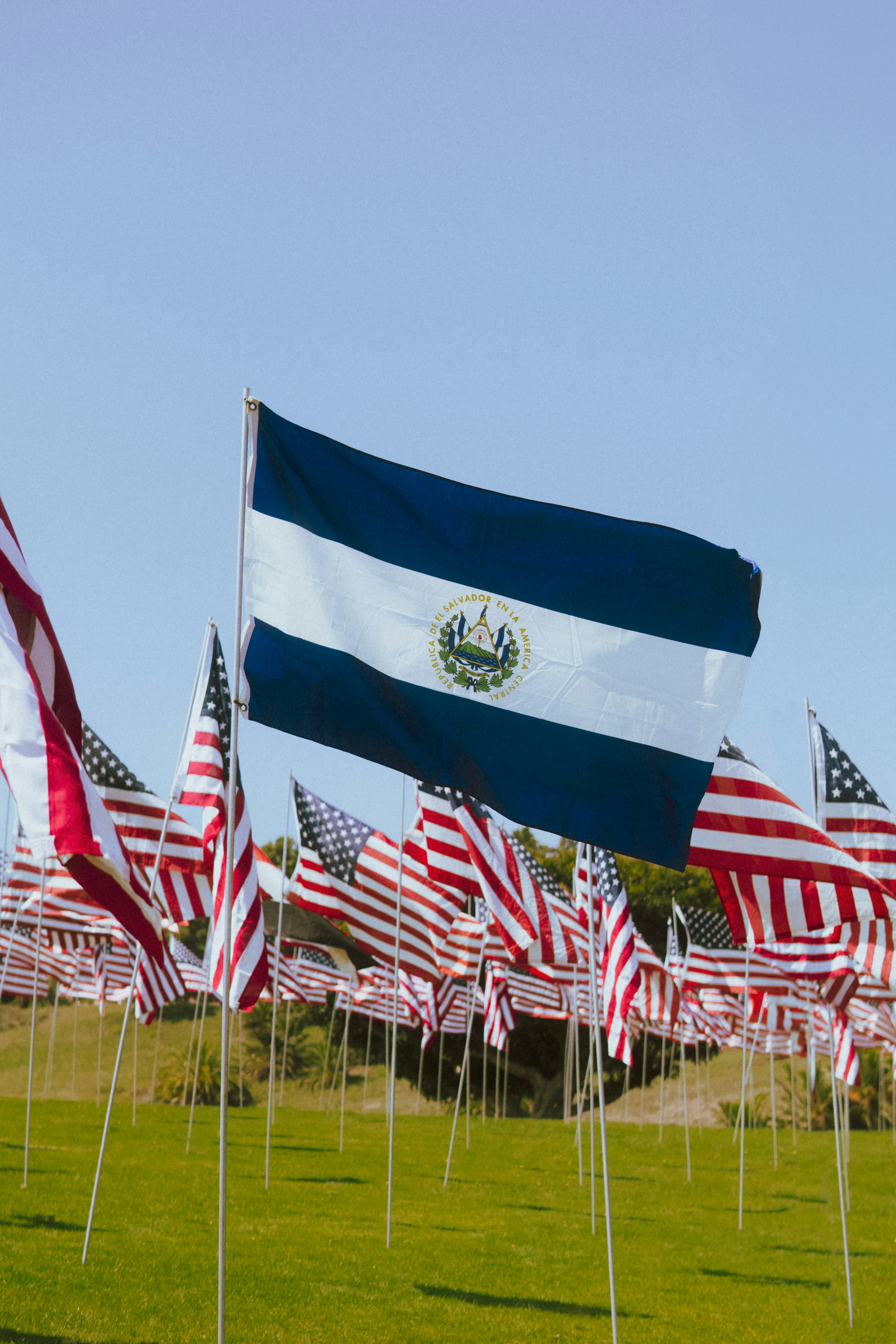Introduction
In the discussions of global nations, the contrasts between Canada and El Salvador often become intriguing. This blog post examines key aspects of both countries, from geography to culture and socioeconomic conditions, thus offering insights into the diverse characteristics defining each nation.
Geography and Climate
Canada, the second-largest country in the world, is renowned for its vast landscapes, ranging from mountains to forests and lakes. The climate varies significantly, offering cold winters and mild summers in most regions. In contrast, El Salvador, a small Central American nation, features a tropical climate with a distinct wet and dry season. Its topography includes volcanoes, beaches, and lush greenery, making it a hotspot for biodiversity.
Economy and Culture
The economies of Canada and El Salvador highlight stark differences. Canada boasts a highly developed economy driven by technology, natural resources, and services. Its cultural landscape is influenced by multiculturalism and a mix of Indigenous, French, English, and immigrant traditions. On the other hand, El Salvador’s economy is primarily agricultural, with coffee and sugar production being significant contributors. El Salvadorian culture is rich in history, showcasing its Indigenous heritage and Spanish colonial influences. Festivals, music, and cuisine play pivotal roles in its social fabric.
In conclusion, the interplay of geography, economy, and culture paints a vivid picture of Canada and El Salvador. Despite their differences, each nation possesses unique attributes that contribute to the rich tapestry of the world.
